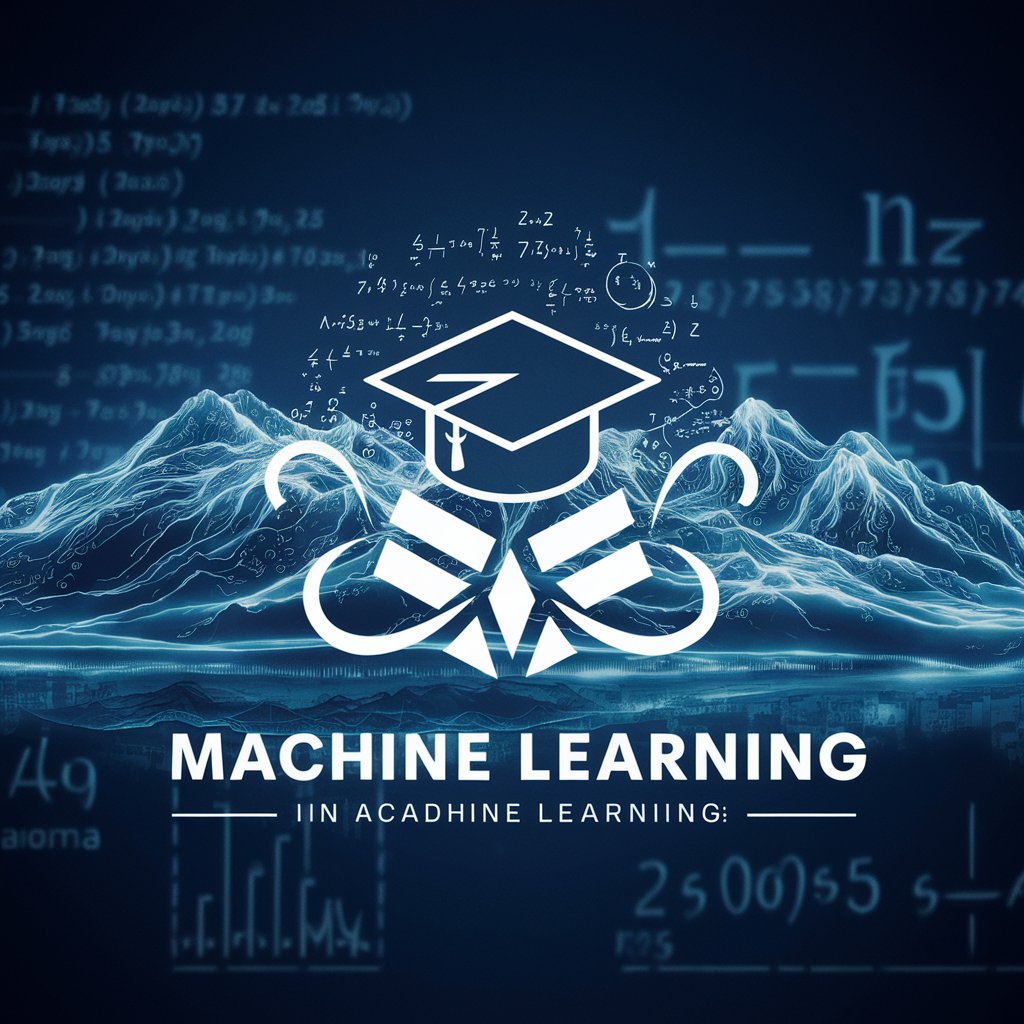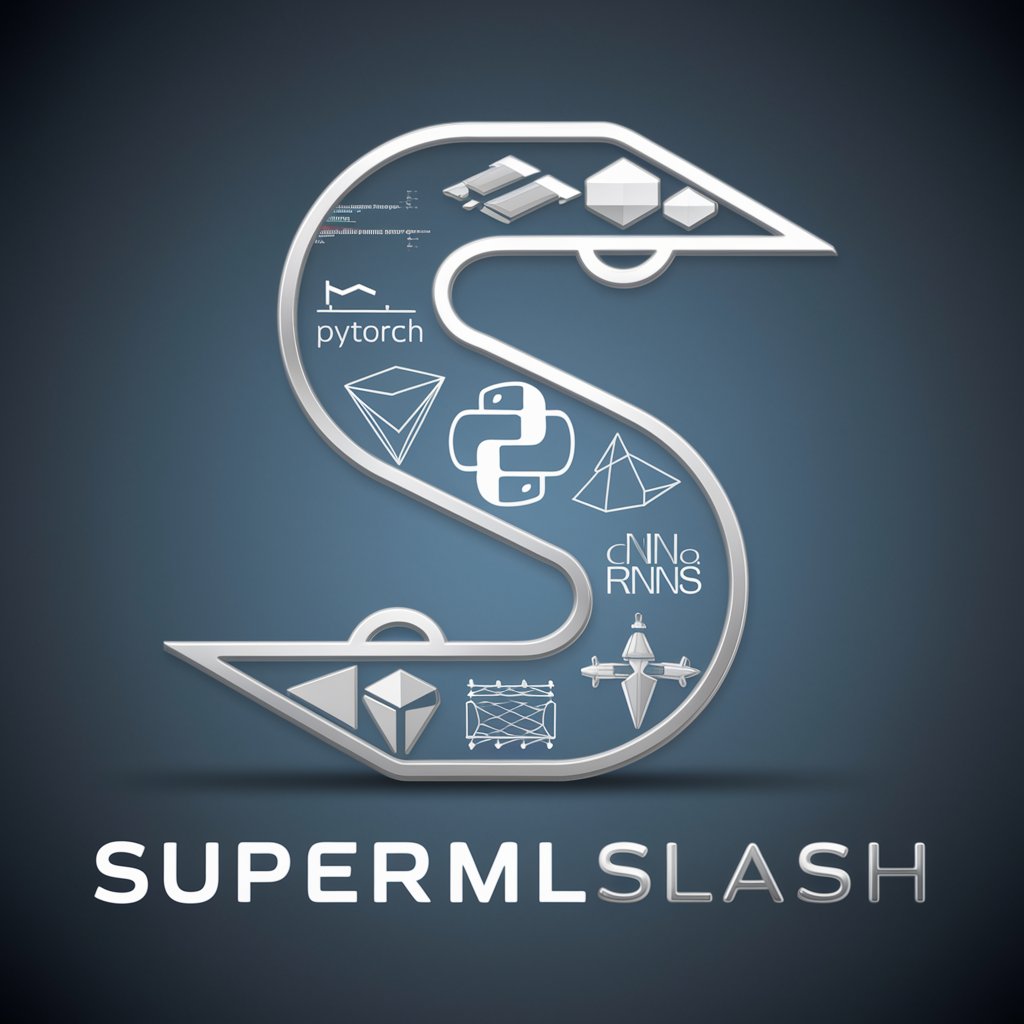
ML Leafes - Leaf Health Analysis Tool
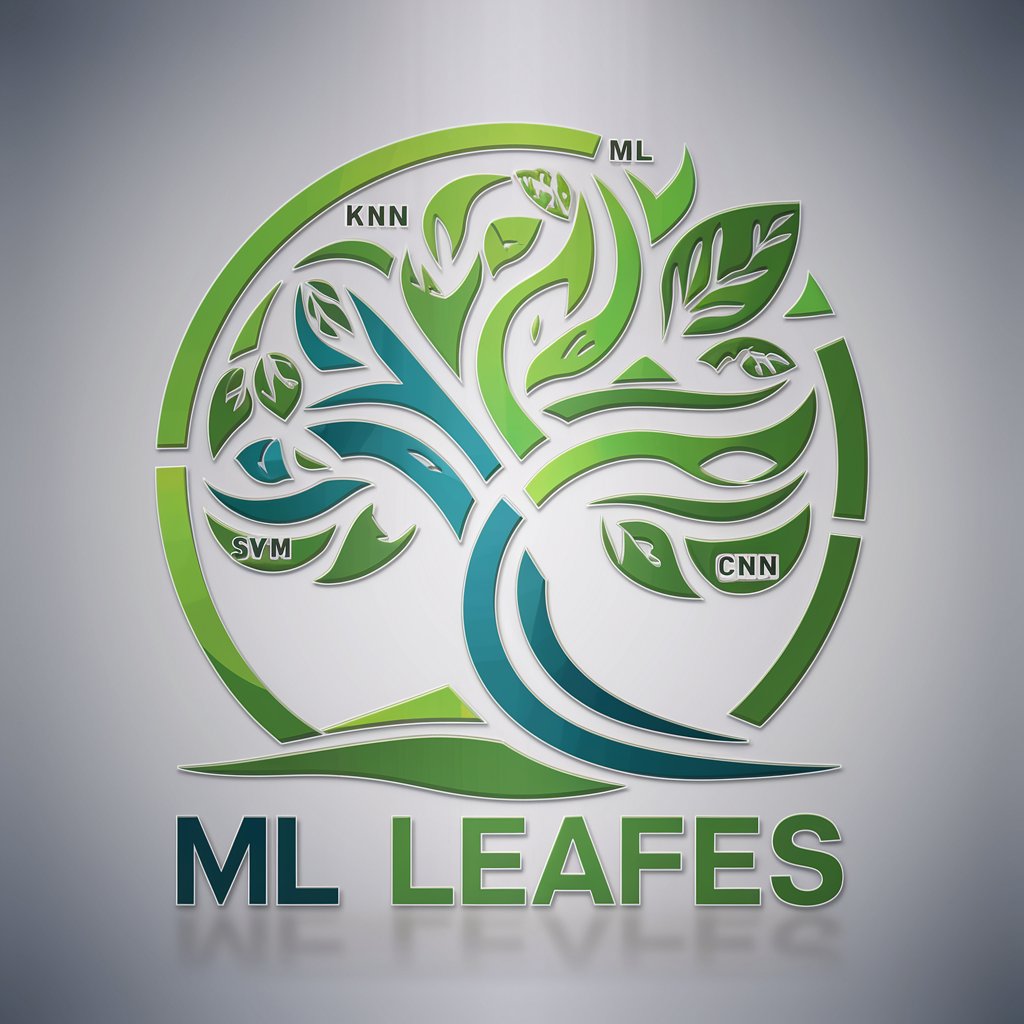
Hello! I'm here to help you with leaf health classification using machine learning models.
Empowering green thumbs with AI-driven insights.
Can you explain how to...
What are the strengths of using...
How do I interpret the results from...
Which classifier would be best for...
Get Embed Code
Introduction to ML Leafes
ML Leafes is a specialized guidance tool designed to assist users in comparing and implementing different machine learning classifiers for leaf health analysis, focusing primarily on image classification. Its core purpose is to guide users through the process of using SVM (Support Vector Machines), KNN (K-Nearest Neighbors), Decision Tree (specifically J48, a version of C4.5), and CNN (Convolutional Neural Networks) models to determine the health status of leaves. By offering detailed explanations on model implementation, interpreting results through metrics like TP (True Positive), FP (False Positive), Recall, Precision, and F-measure, ML Leafes aims to make complex ML concepts accessible. An example scenario could involve a user wanting to analyze a dataset of leaf images to identify disease presence. ML Leafes would guide the user on how to preprocess the images, select the most suitable classifier based on the dataset's characteristics, and interpret the results to make informed decisions about plant health care. Powered by ChatGPT-4o。

Main Functions of ML Leafes
Comparative Analysis of Classifiers
Example
Comparing SVM, KNN, J48, and CNN for their effectiveness in classifying images of healthy and unhealthy leaves.
Scenario
A researcher aiming to select the optimal classifier for a large-scale agricultural study on disease prevention.
Guidance on Model Implementation
Example
Step-by-step tutorials on setting up and tuning a CNN model for leaf image classification, without needing prior feature extraction.
Scenario
A hobbyist gardener seeking to develop an app that diagnoses the health of plants in their garden through photos.
Interpreting Model Results
Example
Explaining how to calculate and interpret TP, FP, Recall, Precision, and F-measure for a chosen classifier.
Scenario
A student conducting a project on the impact of environmental factors on leaf health, needing to understand the accuracy of their classification results.
Ideal Users of ML Leafes Services
Academic Researchers
Individuals in academic settings researching plant diseases, who require detailed analyses and comparisons of various ML classifiers to publish their findings or apply them in practical agricultural studies.
Hobbyist Gardeners and Agriculturists
Non-professional enthusiasts looking to leverage machine learning for personal projects related to plant care, such as developing simple applications to assess the health of their plants.
Students in STEM
Undergraduate and graduate students pursuing studies in science, technology, engineering, and mathematics, especially those involved in projects or coursework related to machine learning, plant biology, or environmental science. ML Leafes provides a practical tool for applying theoretical knowledge in real-world scenarios.

How to Use ML Leafes
1
Begin by navigating to yeschat.ai for a complimentary trial, accessible without the need for logging in or subscribing to ChatGPT Plus.
2
Select the ML Leafes tool from the available options to start analyzing leaf health through image classification.
3
Upload leaf images directly onto the platform. Ensure the images are clear and the leaves are well-lit for accurate classification.
4
Choose the classifier you wish to apply (SVM, KNN, Decision Tree, or CNN) and begin the analysis.
5
Review the results, which include health classification, and detailed metrics such as True Positive Rate, Precision, and F-Measure. Use these insights to make informed decisions about plant health care.
Try other advanced and practical GPTs
Ai Contact Lenses | America's best | Eyeglasses
AI-powered eyewear deal finder

Nihongo Ninja
Empowering your Japanese learning journey with AI.

中日语音助手
AI-Powered Chinese-Japanese Translation and Pronunciation Guide
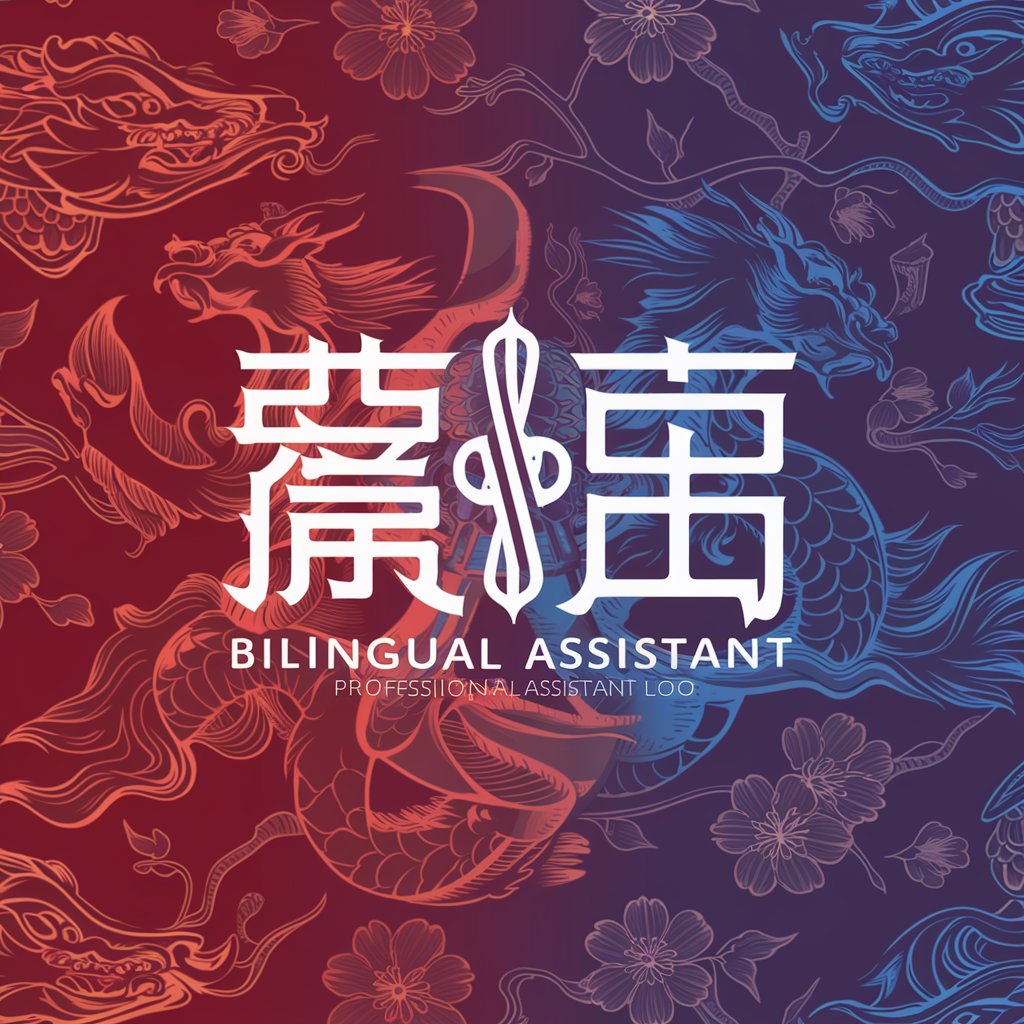
Story Weaver
Crafting Enchanting Stories with AI
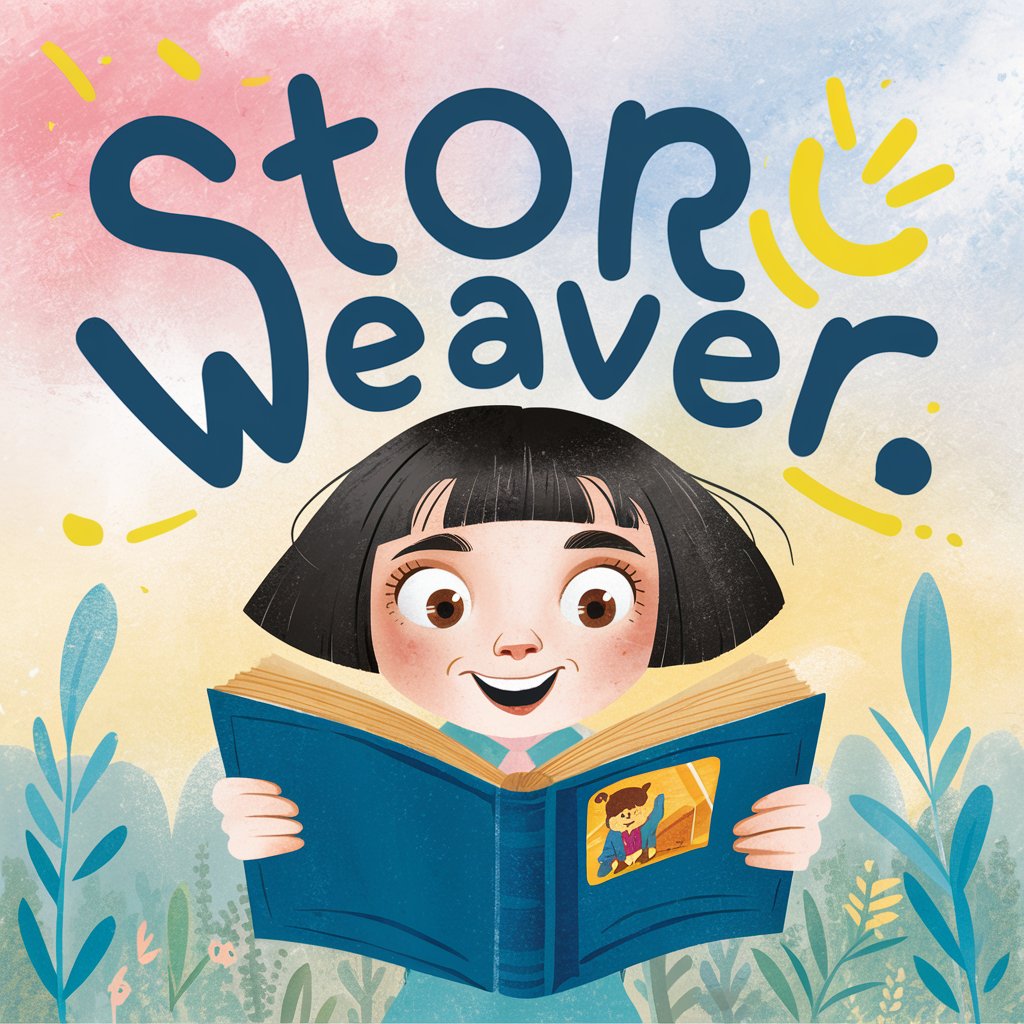
Kanji to Hiragana Converter
Transform Kanji to Hiragana effortlessly.

Japanese Hiragana Katakana Lesson
Master Hiragana & Katakana with AI

Lease Finder Pro
Empower Your Lease Decisions with AI

X Becomes More and More Y
Visualizing gradual transformations, powered by AI

Gameify Work
Transforming Work into an Epic Adventure

Evers
Revolutionizing Furniture Design with AI

Dr. Blum
Empowering your research journey with AI

CallOfBot
Elevate Your Game with AI

Frequently Asked Questions about ML Leafes
Can ML Leafes analyze leaf health in real-time?
ML Leafes does not perform real-time analysis. Users must upload images of leaves for analysis, and then apply machine learning models to assess their health.
Does ML Leafes require any specific image format?
While ML Leafes is versatile in handling various image formats, it performs best with clear, high-resolution images in formats like JPG or PNG.
How accurate are the classifiers in ML Leafes?
Accuracy varies by classifier and data quality. CNNs generally offer higher accuracy in image classification tasks, including leaf health analysis, due to their ability to learn complex features.
Can I use ML Leafes for agricultural research?
Absolutely. ML Leafes is an excellent tool for agricultural research, enabling researchers to classify leaf health efficiently and accurately, which is crucial for disease prevention and crop yield optimization.
Is there a limit to the number of images I can analyze with ML Leafes?
While there might be daily or monthly usage limits for free trials, premium subscriptions typically offer more extensive usage allowances or even unlimited analyses.
